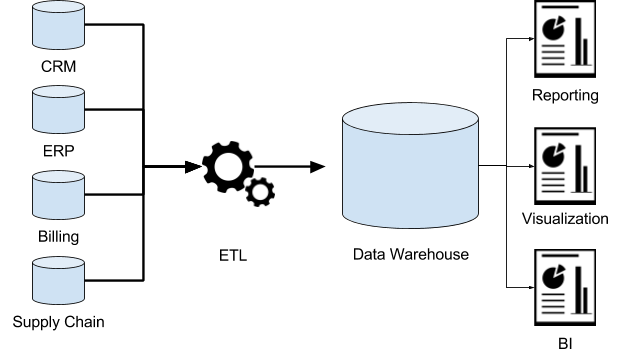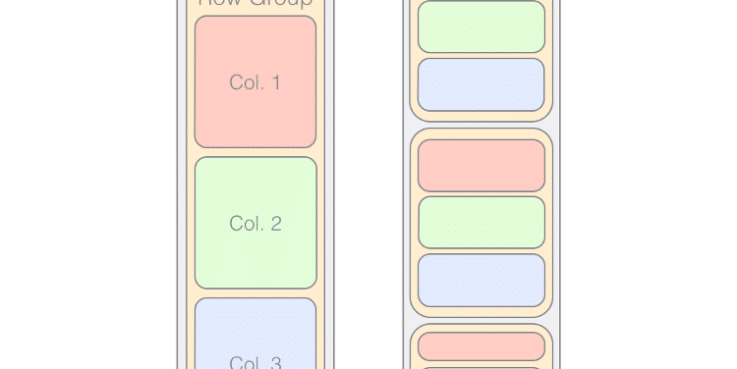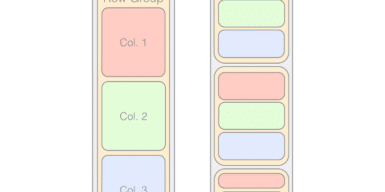Dremio Blog: Open Data Insights
-
 Dremio Blog: Open Data Insights
Dremio Blog: Open Data InsightsCloud Data Lakes – What You Need to Know
In this article we show you everything you need to know to move your data to the cloud. Options, advantages, and much more. -
 Dremio Blog: Open Data Insights
Dremio Blog: Open Data InsightsWhy there isn’t an Apache Arrow article in Wikipedia
In fact, the article has been submitted 4 times, not just by me but also by others, and declined each and every time. -
 Dremio Blog: Open Data Insights
Dremio Blog: Open Data InsightsModern Data Platform and the Cloud
This is the second article in the series of building a Modern Data Platform. -
 Dremio Blog: Open Data Insights
Dremio Blog: Open Data InsightsCharacteristics, Whats, and Whys of the Modern Data Platform
If you Google 'modern data platform' you will get a lot of advertisement. Let’s try to agree on what modern data platform is. -
 Dremio Blog: Open Data Insights
Dremio Blog: Open Data InsightsIt’s Time to Replace ODBC & JDBC
ODBC and JDBC were invented 27 years ago, Apache arrow arrived to bring the best-in-class performance in the big data world. -
 Dremio Blog: Open Data Insights
Dremio Blog: Open Data InsightsIntroducing the Gandiva Initiative for Apache Arrow
In-depth technical description of Dremio's Gandiva Initiative for Apache Arrow. -
 Dremio Blog: Open Data Insights
Dremio Blog: Open Data InsightsOrigin and History of Apache Arrow
Apache Arrow was announced as a top level Apache project on Feb 17, 2016. We wanted to give some context regarding the inception of the project, as well as interesting developments as the project has evolved. -
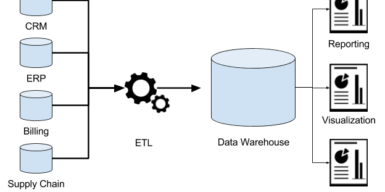 Dremio Blog: Open Data Insights
Dremio Blog: Open Data InsightsWhat is a Data Warehouse?
We’ve published a new page - What is a Data Warehouse? -
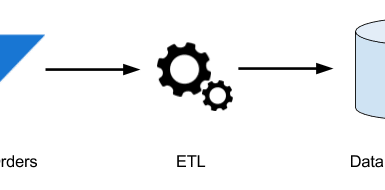 Dremio Blog: Open Data Insights
Dremio Blog: Open Data InsightsETL Tools Explained
We’ve published a new page - ETL Tools Explained -
Dremio Blog: Open Data Insights
BI on Big Data: What are your options?
Deciding what combination of technologies will yield the best ‘BI on Big Data’ experience can be a major challenge for data professionals. -
Dremio Blog: Open Data Insights
Tuning Parquet file performance
A brief discussion about how changing the size of a Parquet file’s ‘row group’ to match a file system’s block size can effect the efficiency of read and write performance.











